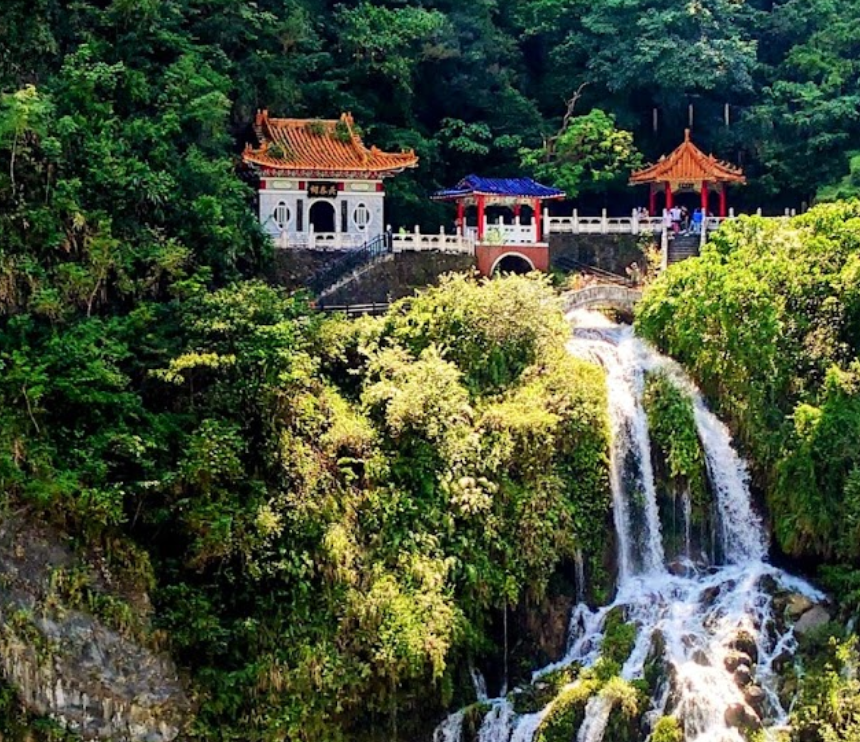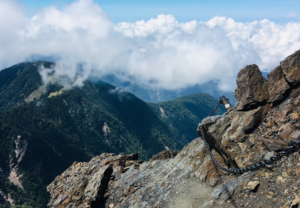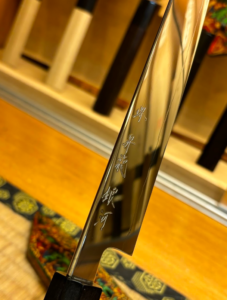Visiting the Taroko Gorge in Taiwan was one of the most memorable experiences of my life. This natural site, with its spectacular scenery and hidden treasures, is a must-see for any traveler to Taiwan. Follow me on this adventure through Taroko’s main attractions, and get inspired for your next getaway.
Taroko Gorge Main Attractions
Eternal Spring Shrine (Changchun Shrine)
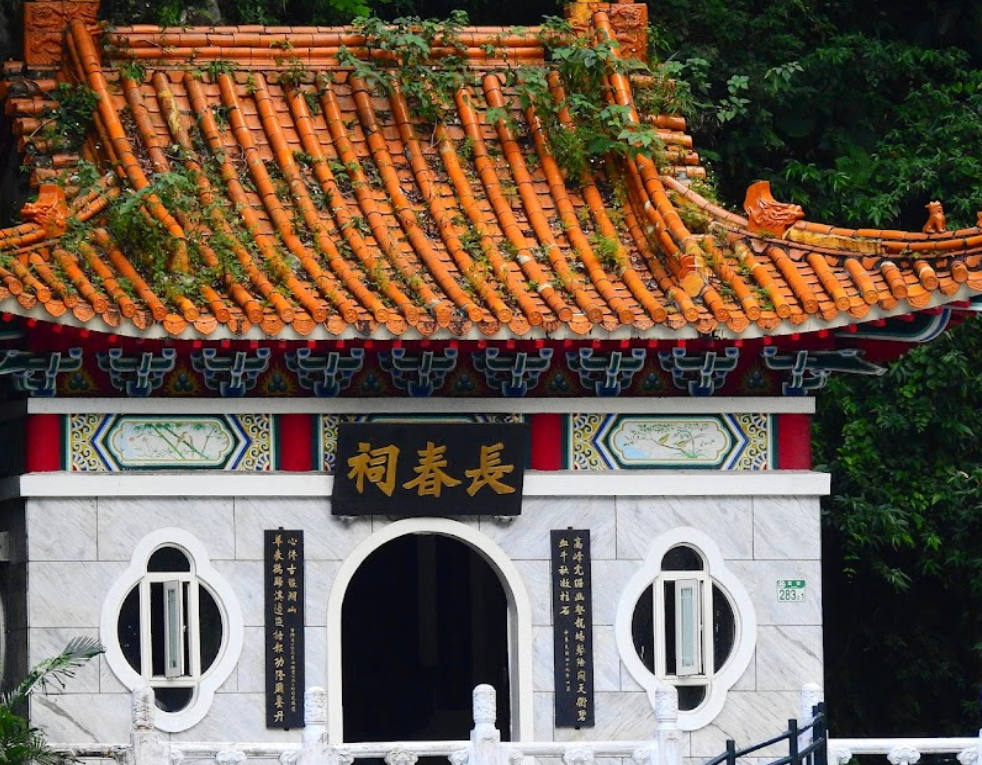
The Eternal Spring Shrine, or Changchun Shrine, is one of the first wonders you encounter when visiting the Taroko Gorge. Located on a cliff overlooking a waterfall, this shrine is dedicated to the workers who lost their lives during the construction of the Central Highway. The view is simply breathtaking.
I particularly appreciated the serenity of this place. The soothing sound of flowing water and the beauty of the surrounding nature make a visit to the sanctuary very special. Don’t forget to bring your camera, as there are plenty of opportunities to capture magnificent images.
Tunnel of Nine Turns

The Tunnel of the Nine Turnings is another iconic attraction of the Taroko Gorge. This winding tunnel offers breathtaking views of the marble cliffs and rivers below. Walking along this tunnel, you can truly appreciate the power of nature and the raw beauty of Taroko.
What I loved most was the sense of adventure that this walk brings. The narrow walls and tight bends give the impression of being in the heart of a wild, unspoilt landscape. I highly recommend taking the time to explore this tunnel on foot to get the most out of it.
Cimu Bridge
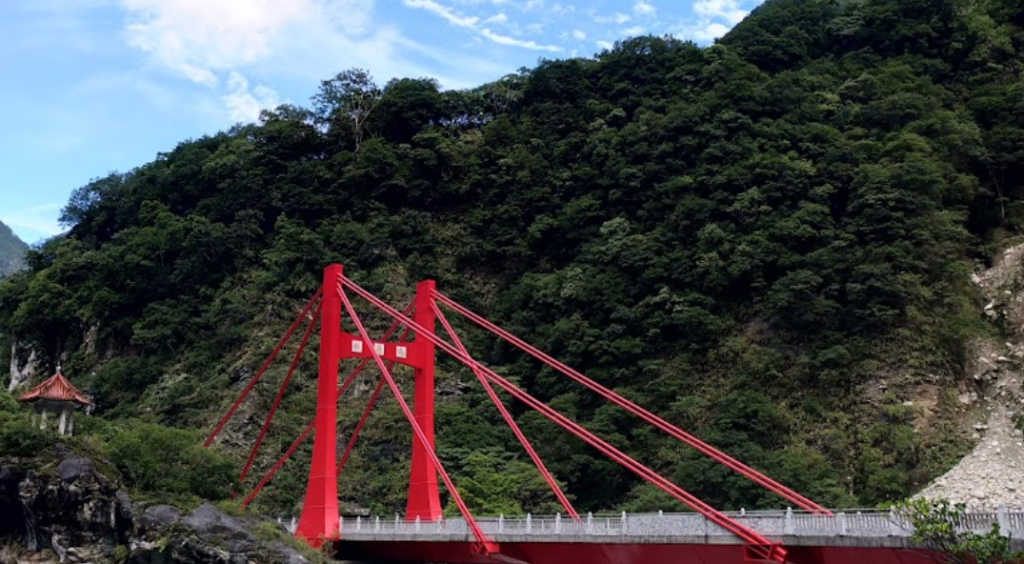
The Cimu Bridge, with its unique architecture and panoramic views, is another attraction not to be missed. This suspension bridge offers an incredible perspective of the gorge and the Liwu River below. Crossing the bridge is an experience in itself, with the wind blowing and the view dizzying.
What I found particularly impressive was the way the bridge seems to blend into the landscape. It also offers an excellent vantage point from which to observe the local wildlife, especially the birds. Be sure to stop and admire the view and take a few photos.
The Cliffs of Qingshui
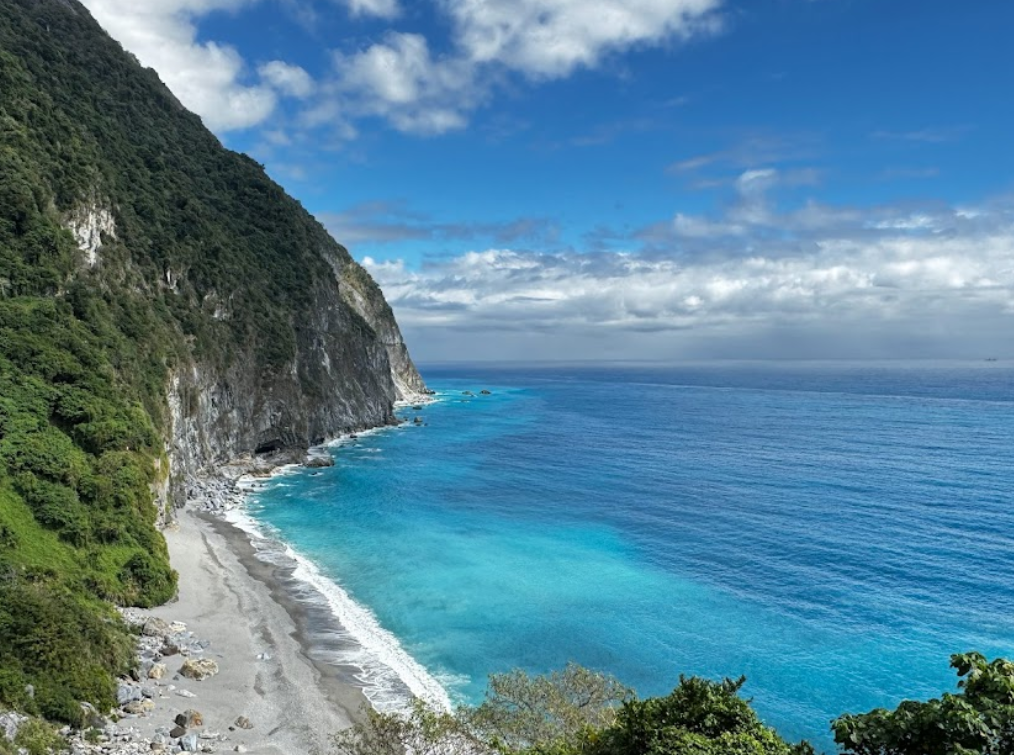
The Qingshui Cliffs are among the highest in Taiwan, and their beauty is nothing short of breathtaking. Stretching along the east coast, these white marble cliffs contrast magnificently with the blue ocean below. The scenic road along the cliffs is perfect for a drive or bike ride.
I loved walking along this road and stopping at various viewpoints to contemplate the landscape. The combination of mountains and ocean creates a unique and soothing atmosphere. It’s an ideal place to relax and reconnect with nature.
Swallow Grotto
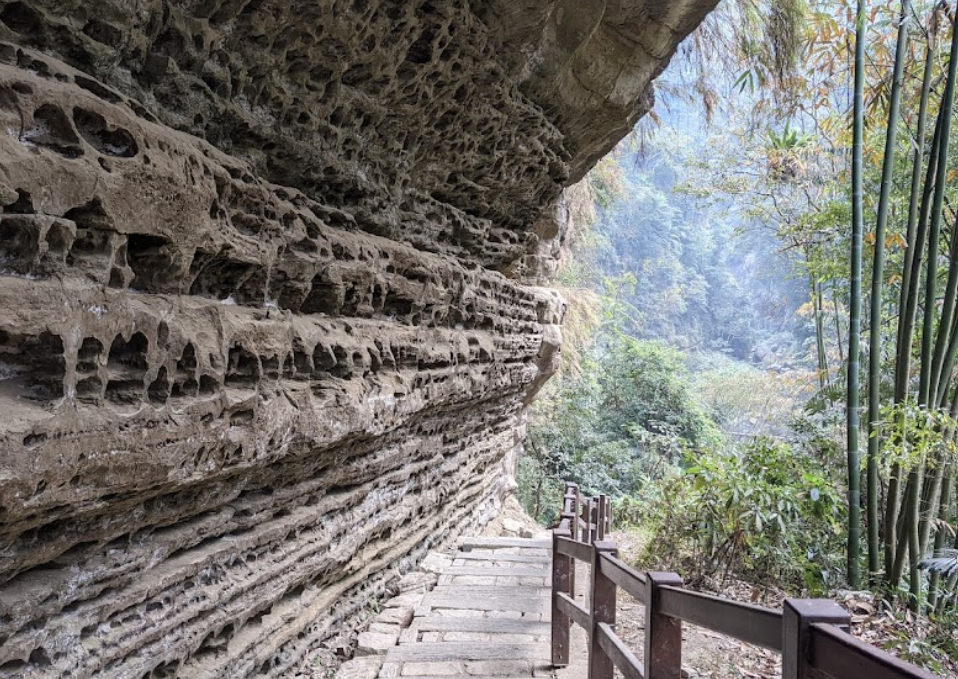
The Swallow Cave is another natural wonder of the Taroko Gorge. Known for its spectacular rock formations and swallows’ nests nestling in the cliffs, this cave is a fascinating place to explore. The view from the walkway alongside the cave is impressive, with the river winding below.
What I found most captivating was the closeness to nature. The swallows flying around the cave add a magical touch to the experience. It’s a perfect place for photography and nature lovers.
Outdoor activities
There’s much more to the Taroko Gorge than breathtaking scenery. There are also plenty of outdoor activities to make the most of this unique environment. Whether you’re into climbing, cycling or wildlife watching, Taroko has something for everyone.
Climbing
Climbing in the Taroko Gorge is a not-to-be-missed experience for thrill-seekers. The marble cliffs offer unique and varied challenges for climbers of all levels. One of the most popular spots is the Baiyang cliff, where the vertical walls and breathtaking views over the valley below make the climb particularly rewarding.
The white marble is not only magnificent, but also provides a good grip for hands and feet. If you’re a novice, there are local guides who can accompany you and teach you the basic techniques. Don’t forget your climbing gear and enjoy this unique adventure!
Biking
Cycling is another excellent way to explore the Taroko Gorge. The central Taroko road, with its many bends and breathtaking scenery, is perfect for a bike ride. You can rent a bike at the park entrance and explore the picturesque trails.
During my visit, I cycled the Shakadang route, a relatively flat and accessible trail offering magnificent views of the crystal-clear Shakadang River. It was a wonderful way to discover the area at my own pace, stopping wherever I liked to take photos and enjoy the tranquility of the surroundings. Be sure to wear a helmet and stay hydrated, especially on hot days.
Wildlife observation
The Taroko Gorge is home to an incredible diversity of flora and fauna. Walking through the park, you can observe endemic and rare species that make the visit even more fascinating. Hiking trails such as Shakadang or Lushui offer many opportunities to see birds, butterflies and even Formosan macaques.
One of my most memorable experiences was watching swallows in the Swallow Cave. The birds flew gracefully around the cave, adding a touch of magic to the place. What’s more, the lush vegetation and wildflowers lining the trails are a feast for the eyes. Remember to bring binoculars and a local wildlife guide to enhance your viewing experience.
Tips for visiting Taroko Gorge
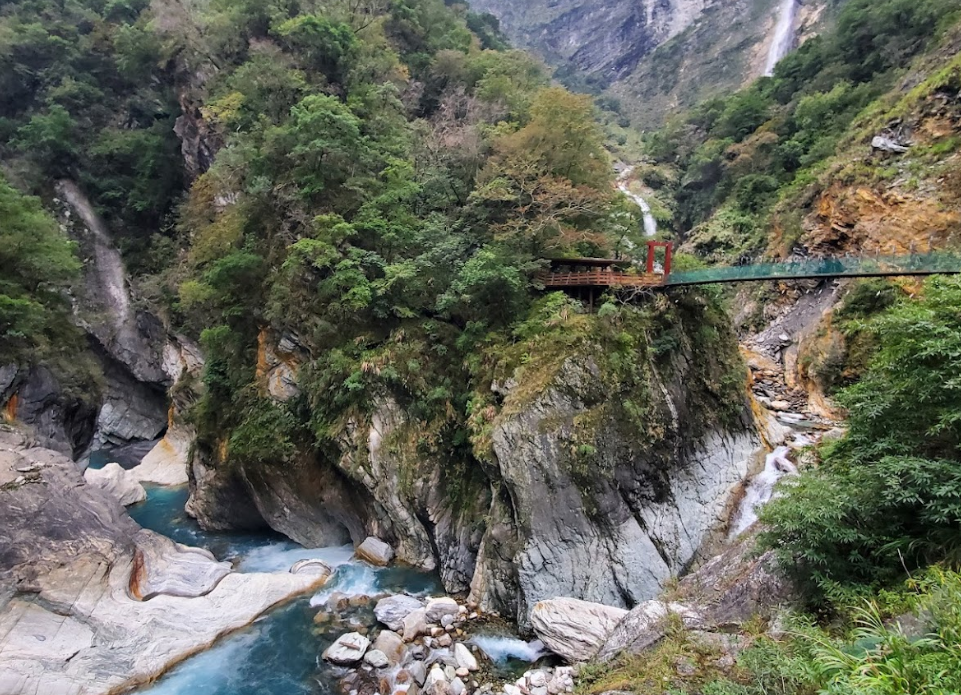
A word of warning: you may come across small food stalls along the way, so take some money with you.
How to get there
Getting to Taroko Gorge is relatively straightforward. Most visitors arrive via the city of Hualien, which is the main gateway to Taroko National Park. To get there, you can take a train from Taipei to Hualien, a journey that takes around two and a half hours. Once in Hualien, you have several options for reaching the gorge: rent a car, take a local bus or opt for a guided tour.
When to visit
The best time to visit Taroko Gorge is from March to May or September to November. During these periods, the climate is pleasant and the risk of typhoons is reduced. In summer, temperatures can be high and June to August are often rainy, which can make some hikes less enjoyable.
I visited Taroko in October, and the weather was perfect. Temperatures were mild, which was ideal for hiking. What’s more, the autumn season adds a touch of color to the landscape, with autumn foliage contrasting beautifully with the marble cliffs.
Where to stay
There are several accommodation options around Taroko Gorge, ranging from budget hostels to luxury hotels. I recommend staying in Hualien to take the opportunity to tour the city.
Culture and Tradition of the Taroko Region
The Taroko region is known not only for its breathtaking scenery, but also for its rich culture and traditions. Exploring these cultural aspects adds an extra dimension to a visit to the Taroko Gorge.
Local arts and crafts
The arts and crafts of the Taroko region are deeply rooted in the traditions of the local aboriginal tribes, notably the Truku. You can discover beautiful handicrafts, such as wood carvings, weavings and traditional jewelry, in local stores and markets.
Regional Gastronomy
The gastronomy of the Taroko region is another fascinating facet of its culture. Traditional aboriginal dishes use local ingredients and age-old cooking techniques. Not-to-be-missed specialties include bamboo rice and wild boar.
I had the opportunity to enjoy a meal in a local restaurant serving these traditional dishes. The rice cooked in bamboo had a unique and delicious flavor, infused by the bamboo. Wild boar, marinated and grilled to perfection, was tender and flavorful. It’s a culinary experience I highly recommend to all visitors.
In conclusion, Taroko Gorge is a must-see destination for anyone visiting Taiwan. Each site offers a unique and memorable experience, whether it’s the tranquility of the Eternal Spring Sanctuary, the adventure of the Tunnel of the Nine Turnings, the majesty of the Cimu Bridge, the beauty of the Qingshui Cliffs or the fascination of the Swallow Cave. I hope this article has inspired you to discover this natural treasure for yourself. Bon voyage and happy exploring!


